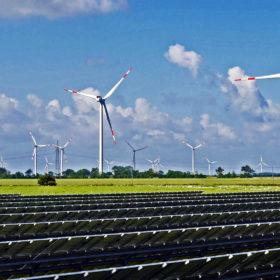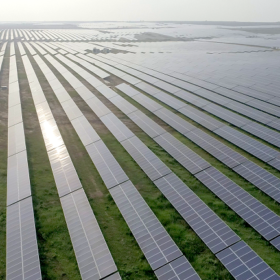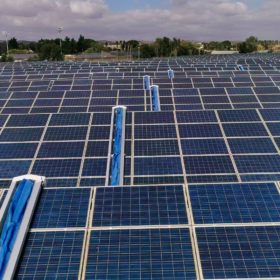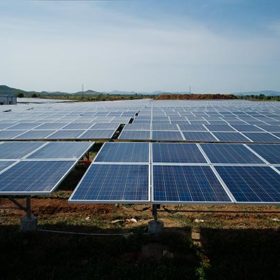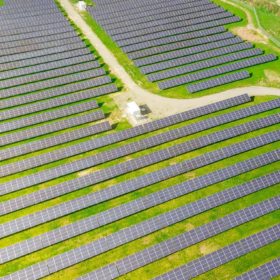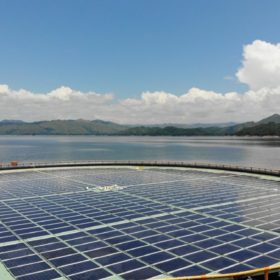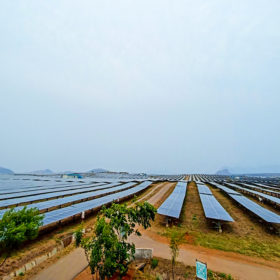GSECL tenders EPC contract for 59 MW of solar
Gujarat State Electricity Corp. Ltd. (GSECL) is seeking contractors to install and commission 45 MW of grid-connected solar capacity in Bhavnagar district and 14 MW in Morbi, Gujarat.
Greenko starts work on 5.23 GW renewable storage project
Indian developer Greenko has begun construction of a hybrid energy storage project featuring 10.8 GWh of daily pumped storage, 3 GW of solar, and 550 MW of wind. It claims that it might be the world’s largest renewables-based storage project upon completion.
Madhya Pradesh to host 1.4 GW solar plant near Behrara Mata Temple
A new solar power plant in Madhya Pradesh – twice as big as the state’s 750 MW Rewa plant – will be developed on 2,800 hectares of land in the hills of Behrara Mata Temple, in Morena district. It is expected to be operational within a year.
Rays Experts building world’s largest solar park in Rajasthan
Rays Experts has agreed to supply plug-and-play infrastructure for up to 3 GW of PV projects across 9,000 acres in Bikaner district, Rajasthan.
Airtouch Solar to supply solar-cleaning bots in India
Israel-based Airtouch Solar has signed a $940,000 contract with Indian developer Hero Future Energies, three weeks after securing a $440,000 project with another developer in India.
Tata Power secures 300 MW solar project from NHPC
Tata Power Solar has secured an engineering, procurement and construction contract for a 300 MW solar project under India’s Central Public Sector Undertaking scheme. The project, awarded by state-owned hydropower producer NHPC, will be located in the state of Rajasthan.
Global solar demand to reach 190 GW this year, says IEA
The International Energy Agency expects solar, wind power, and other renewable energy technologies to achieve triple-digit global growth this year, with new PV additions set to reach almost 200 GW.
Small-scale floating PV with pumped hydro storage
Indian scientists have developed a system under which a pumped-hydro facility stores grid electricity during off-peak hours by pumping water to an upper reservoir. During peak hours, the system feeds the load, rather than taking power from the grid.
Indian opportunity for renewable energy investments
In a keynote address at Intersolar Europe 2022, Indian Union Minister Bhagwant Khuba asked global investors to seize the opportunity to focus on India as it targets net-zero emissions by 2070 and 500 GW of installed non-fossil energy capacity by 2030.
Jakson wins O&M services for 255 MW of solar projects
Noida-headquartered Jakson Group has secured a three-year operations and maintenance contract for NTPC’s 250 MW solar project in Ananthapuram, Andhra Pradesh, as well as a contract for a 5 MW plant in the Andaman and Nicobar Islands.

